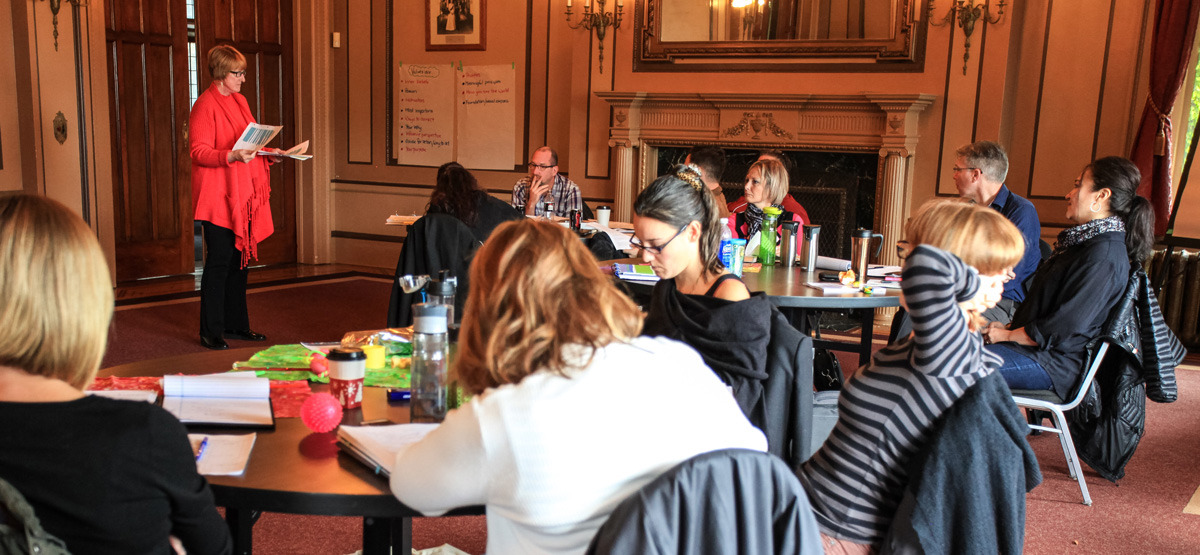Turning away from the schools of thought that have informed Executive Coaching for the last 20 years, Coaching Narratively deconstructs two significant taken for granted beliefs and ideas that operate in the background of most coaching approaches. The first is that leadership is individualistic and requires identifying some essential “right way” to lead. The second is that the Coach is the expert.
Since the mid-1990s, coaching has been used to improve individual effectiveness of a leader, often with emphasis on the ability to influence and lead others in the business setting. What has been left out is that leadership is contextual, personal, and social.
Coaches are trained to bring a methodology and set of practices to help clients reach specific professional goals. Typically, the coach provides mental models, processes, and an ability to interpret the leader’s meaning-making structure. The miss here is that the leader privileges the interpretations and injections of what is normal by the coach, who often is acting as a surrogate for the organization’s interpretation of normal or their own beliefs about what is ideal, not the leader’s.

Coaching Narratively is based on the following concepts:
- leadership is context dependent
- leadership is social and leaders are part of a web of socially constructed relationships
- one’s identity as a leader is narratively and socially constructed
- our identities as leaders are always evolving, creating new paths and multiple options for action
- a primary responsibility of a leader in creating a high functioning culture is to ensure that most of their members share an understanding of what is real, important and valued (Schein, 2010)
Using a seamless integration of narrative therapy, philosophy, identity psychology and social construction, this work is founded on the belief that each person carries the resources within themselves and within their network of relationships to create with others the responses and actions that advance and benefit the whole.
Coaching Narratively is ideal for leaders who are seeking to lead through connection, conversation and sense-making with the people they lead.
Candidates for this approach:
- may have received coaching in the past and are now ready to build the social or cultural competencies to meet the complexity and demands to leverage diversity for innovation
- are not entirely happy with the direction their current narrative or story of who they are or who the organization believes they are, is taking them
- may have many divergent or disparate voices in their organization that they need to blend into one collective view of a path forward